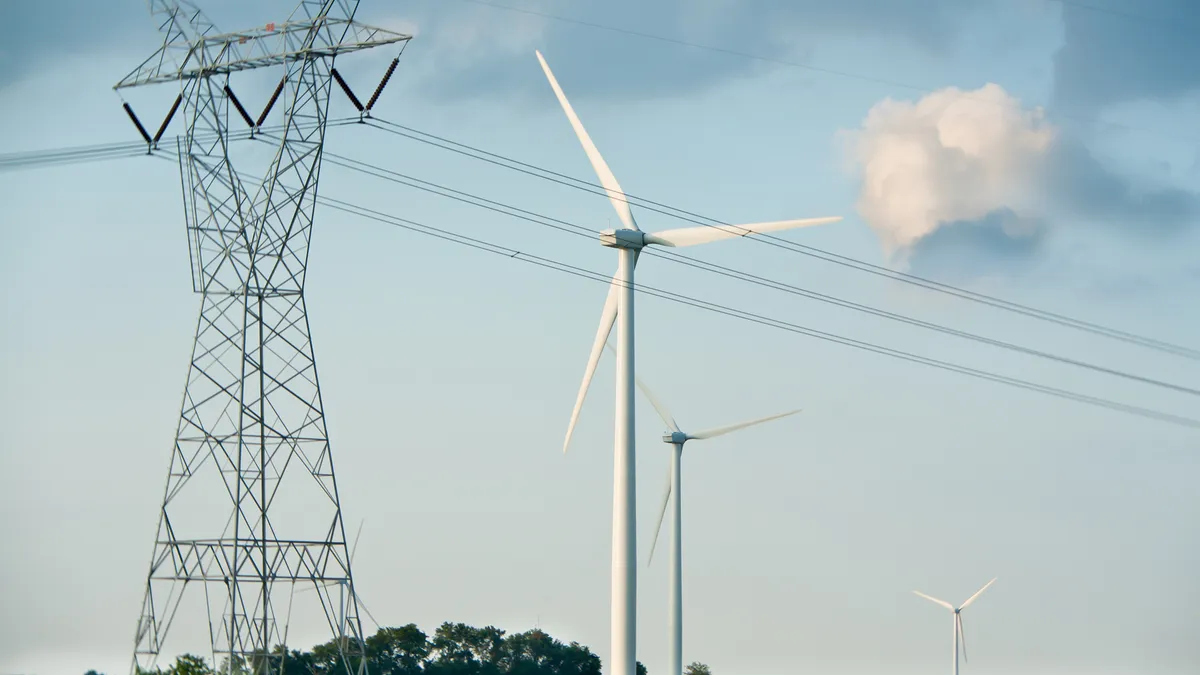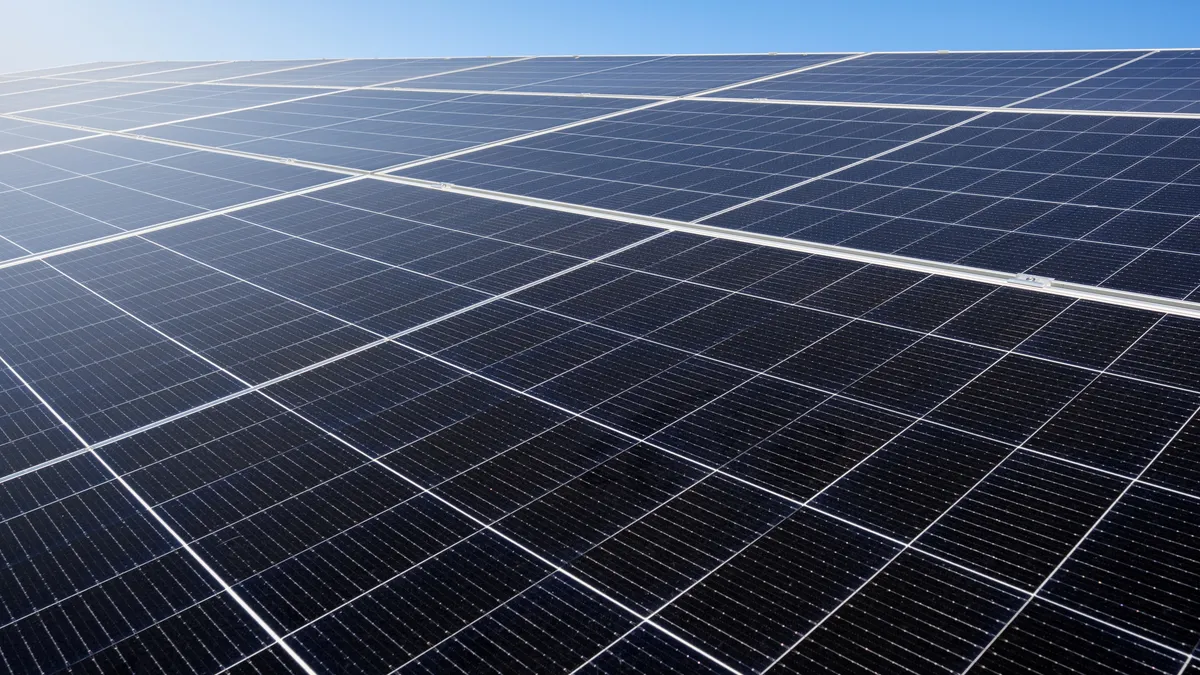Illinois is facing a critical moment in its clean energy transition. The recent price spike in PJM’s capacity market — the tool designed to ensure power availability during peak demand — is drawing attention to the growing need for policy that moves Illinois towards an affordable clean energy future. Though the current capacity crunch is largely beyond the control of state policy, Illinois does not have to resign itself to this fate. Illinois lawmakers must act now to pass legislation that will help us boost energy supply and reduce and shape energy demand.
What’s causing the price spikes?
PJM, which manages the grid for 13 states including northern Illinois, as well as the District of Columbia, has seen dramatic price increases in its capacity market. These charges, designed to incentivize and compensate for guaranteed electricity supply during extreme weather and peak demand events, will impact electric bills for ComEd customers in Illinois. Two primary factors are driving these price spikes.
First, PJM has justifiably reduced the capacity value of gas plants due to their poor performance in recent storms. According to a recent report by the Union of Concerned Scientists, gas plant failures accounted for 63% of the generating capacity knocked offline during Winter Storm Elliott in 2022 and 56% during Winter Storm Uri in 2021. Climate change is increasing both the intensity and frequency of these extreme weather events, further highlighting the need to diversify our energy system and invest in local renewable energy.
Second, PJM’s slow interconnection process has delayed new clean energy projects. Over 20 gigawatts of renewable energy and energy storage are waiting to come online in the ComEd zone alone. A similar story is playing out across the PJM footprint, underlining the need for PJM to rapidly reform its approach to bringing new clean resources online.
Legislative solutions for grid reliability
While Illinois cannot single-handedly overhaul PJM, there are state policies that can help Illinois prepare for what lies ahead. The Clean and Reliable Grid Act (SB 3637), currently under consideration in Springfield, is a critical piece of legislation that would help strengthen the state’s power grid. It includes policies that would reduce and shape demand by updating energy efficiency standards and paying residential customers to shift their energy use to off-peak hours. It also includes policies that would accelerate clean energy supply by inviting the state to directly procure more renewable energy on behalf of certain utility customers. In doing so, the Clean and Reliable Grid Act would reduce strain on the grid while keeping energy bills affordable.
The urgency of this moment calls for a full menu of legislative solutions, so Vote Solar and our partners in the Illinois Clean Jobs Coalition have outlined a comprehensive set of priorities for Illinois’ clean energy future. This includes reforms to the state’s Renewable Portfolio Standard to ensure large solar and wind projects can move forward. Illinois cannot afford to fall behind in its journey to 100% clean energy, and the RPS is key to driving the next wave of clean energy development.
Energy storage is another critical piece of the puzzle. By storing excess renewable energy for use during peak demand, batteries help lower capacity costs and meet PJM’s need for dispatchable resources. On a smaller scale, residential and community storage systems provide added resilience, especially for those who are medically or financially vulnerable. This past summer, expanded battery storage was pivotal in stabilizing California’s grid during an extreme heat wave and delivered vital energy support across the Western grid.
The road to decarbonization has never been easy, but the reward is a cleaner, more equitable and more affordable power grid. Illinois is at a point where navigating that path has become increasingly difficult without a clear guide. Unlike our vertically integrated neighbors, we lack integrated resource plans to provide a clear understanding of the most beneficial or cost-effective resources, let alone insight into when and where the state should incentivize their deployment.
That's why we're working on policy to equip Illinois with advanced energy system modeling tools. The Clean and Reliable Grid Act already includes measures to help municipal utilities and rural electric cooperatives conduct energy planning. Statewide energy modeling will enable us to set realistic targets for renewable energy and energy storage, ensuring that the significant investments ahead align with the Climate and Equitable Jobs Act's emissions reduction goals and community equity provisions.
A path forward
To ensure Illinois remains at the forefront of the clean energy transition, we must prioritize the Clean and Reliable Grid Act and invest strategically in energy storage, transmission and demand management. These solutions are key to building a more reliable and affordable grid while advancing our state’s leadership in clean energy. Governor Pritzker and the General Assembly have a crucial opportunity before the 2025 legislative session to make this vision a reality. This isn’t just about reducing emissions — it’s about creating a stronger, more resilient and equitable energy future for every Illinoisan.






















